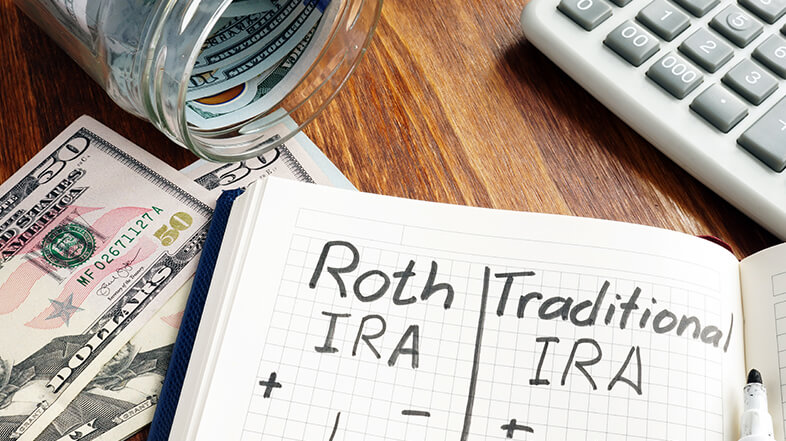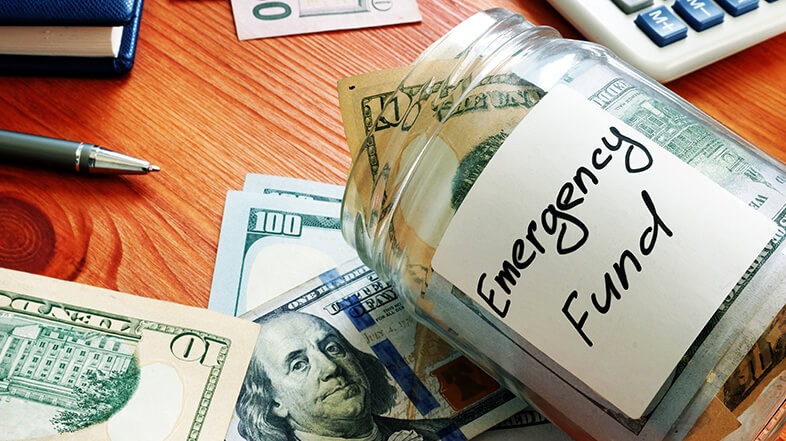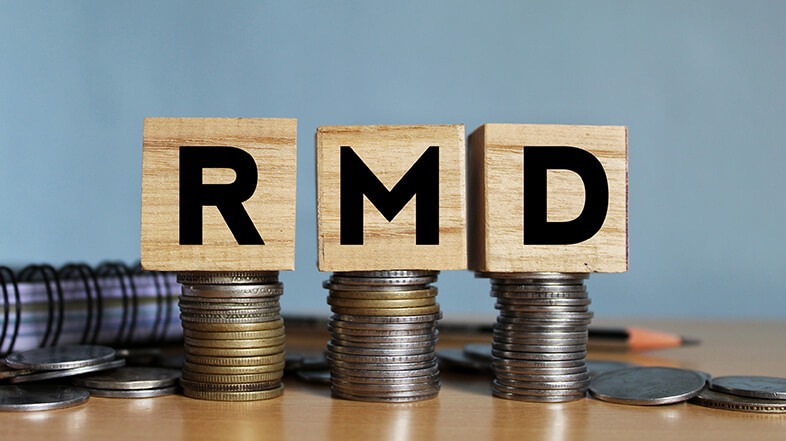February 27, 2023
Big changes are coming to 401(k) benefits this year and the next few years. If you want to maximize your retirement savings and your retirement lifestyle, it’s critical you are aware of these changes.
The new 401(k) rules and benefits are a result of the Secure Act 2.0, which was passed into law December 29, 2022.
Keep reading to find out which changes may affect you and your retirement planning.
Roth Match

Effective this year, employers can now match the Roth option in 401(k)s. Prior to this law, employer matches had to be made with pretax dollars, go into your traditional 401(k), and then you’d have to pay taxes on the money when you withdrew it later on.
Not anymore.
This is optional for employers, and employers may elect to make pre-tax matches or not provide a company match at all.
[Related Read: 4 Ways to Potentially Maximize Your 401(k) Company Match]
Increased Catch-up Contributions

For employees ages 60 to 63 who want to contribute more, they are now able to contribute $10,000 or 150% of the standard catch-up amount for 2024. These amounts will be adjusted annually based on the cost of living starting in 2026.
Also, under the new law, catch-up contributions to 401(k) plans must be designated Roth contributions if the employee’s compensation from that employer was more than $145,000.
This provision takes effect in 2024.
401(k) Withdrawals without Penalty

Another positive change this bill brings is that participants can access 401(k) funds for emergencies without penalty.
Starting in 2024, employers may offer participants an emergency savings withdrawal of up to $1,000 per year.
This withdrawal is not subject to an early withdrawal penalty and may be repaid over 3 years.
Not every employer will offer this, as it’s at the discretion of the employer to offer this option or not.
[Related Read: 401(k) Hardship Withdrawals – What You Need to Know]
After-Tax Emergency Savings Accounts

In addition to or instead of the emergency savings 401(k) withdrawal option, employers can now offer non-highly compensated participants an emergency savings account as part of their retirement plan.
Employees may voluntarily contribute or may be automatically enrolled at up to 3% of their annual pay – capped at $2,500.
Contributions to this savings account will be after-tax and participants may take a distribution from their emergency savings account at any time. This goes into effect 2024.
Again, offering this to employees is at the discretion of the employer.
Matching Student Loan Payment

Starting in 2024, employers can match their employee student loan payments to their 401(k) plan, 403(b) plan, or SIMPLE IRA.
This is a huge benefit for those who can’t afford to save for retirement because they’re trying to make their monthly student loan payments.
NOTE: An amendment to the SECURE Act 2.0 allows employer matching contributions to be made to qualified student loan repayments rather than (or in addition to) employee elective deferrals.
RMD Changes

Required minimum distribution changes will be phased in over the next 10 years.
Phase 1: RMDs will now start at age 73, starting in 2023. If you have already started RMDs, this will not change for you.
If you turn 72 in 2023, you can take your first RMD by December 31, 2024, or you could delay it to April 1, 2025. If you delay until April, you will need to take two RMDs in 2025. One for 2024, and one for 2025.
Phase 2: Starting in 2033, the RMDs move up to age 75.
Also included in the bill are massive changes to the original 50% penalty for not taking Required Minimum Distributions on time:
- The hefty 50% penalty for not taking RMDs will drop to 25% in 2023.
- The penalty drops to 10% if you take the required amount by the end of the second year that it was due. The penalty could be waived completely if you didn’t take the RMD due to an unforeseen event (like illness), but then withdrew it as soon as you could. You would have to ask the IRS for a penalty waiver.
Another big change is that Roth accounts in workplace plans will be exempt from RMDs starting in 2024.
Easily Find Lost 401(k) Accounts

Thanks to the Secure Act 2.0, it will be easier to locate old 401(k) plans left behind when you move jobs.
The Department of Labor is creating a lost and found database to help people find forgotten retirement benefits. This should be up in the next 2 years.
Now Is the Time to Get Engaged with Your 401(k)

If you really want to increase 401(k) savings, one of the best things you can do is to be engaged with your investments.
For many, a 401(k) is the largest asset come retirement. So why leave your financial future to chance?
When you gain the necessary knowledge, you may go from being a disconnected investor to one who is engaged with your 401(k) savings and the overall health and well-being of your financial future.
And that means you are in control.
There are numerous free online resources available to 401(k) investors – all you need to do is dedicate a bit of time and energy to your education.
401(k) Maneuver is committed to providing you information that will help you become a better 401(k) investor.
Subscribe to our YouTube channel and get notified every time we post a new video with tips on how to maximize your retirement savings or on important changes that may impact your 401(k).
and get weekly email roundups on the latest 401(k) news and tips on how you can become a better investor.















